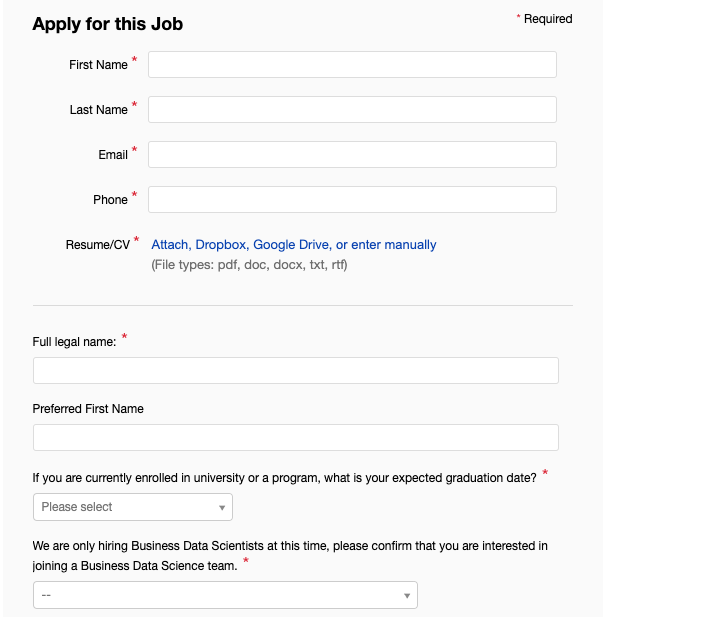Google does not (H) your ATS

ATS providers have mostly missed the organic traffic optimization side of the business. Job boards and aggregators still dominate Google Jobs, and there are a LOT of good reasons why this is the case.

From my perspective, it is straightforward – SEO was never part of the value proposition of an ATS (except for a few players out there).
This was not a problem for a long time until employers started seeing that aggregators outranked their career pages in Google Jobs and began asking questions.
Two factors are causing ATS platforms to be outranked by job boards and aggregators.
- The first is the overall technical SEO, which is still stuck in the 90s for most providers.
- The second one is the user experience for the job seeker, which, although it varies significantly across different market players, the industry consensus is that it still needs improvement.

The second problem is the one I want to focus on in this post because the first one can be solved reasonably easily (although it will take a long time to result in organic traffic gains).
We don’t have to dig deep into how bad job seekers' UX is – the reasons have been discussed already. If I remember correctly, Appcast once said that 92% of online applications are never finished.
But do you know who else sees this? Google does.
There is no way Google will push organic content from ATS providers in Google Jobs until this is fixed.
So how do you fix it?
We need to answer why Google would instead send a candidate to LinkdeedRecruiter (see what I did here) rather than an employer's career page (besides the technical SEO tricks).
Because job seekers prefer to go there, they have their data and profile saved. They can apply with a few clicks. They KNOW what to expect. There are no surprises. They don’t have to create 50 registrations to apply to 50 jobs and fill out the same forms 50 times.
By now, you are reaching the same conclusions that I am. The strategy to fix this is simplifying the application process and reducing the bounce rate on job ad pages hosted on ATS platforms.
There is a way to verify this statement. Search Google Jobs, see which ATS providers rank, and open the application forms on them. You will mostly see simple forms, no registrations.

Here is where it gets fascinating.
If they do that, ATS providers will effectively expose their customers to the currently trending AI-apply automation tools. These tools work only for a small subset of ATS providers but give them more room to grow (I don’t want to point out names, but most tools are transparent about which platforms they support so that you can check this alone).
Richard from CV Wallet wrote a great article on the topic of the impact of job seeker adoption of AI on the recruitment marketing industry, and it is a solid read if you want to learn more about this topic:

Richard Collins writing about automated AI Applies
I have also shared some examples on Linkedin on how the AI-apply automation tools work:

An example of an AI-Apply tool

This one even got 175K views on Linkedin.
It is a challenging choice and a tough time to be put in the spotlight.
Thank you for reading! I hope you enjoyed this content. Feel free to subscribe for future updates using the form below.
